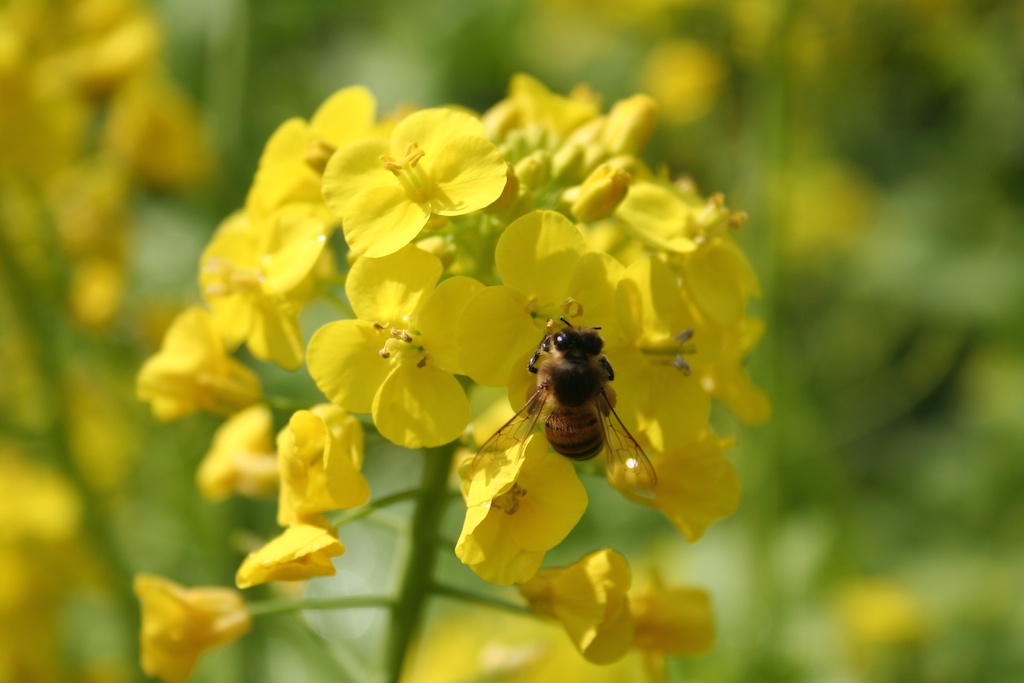Bee friendly planting
2021-04-12T04:46:06+10:00
Planting flowers that honey bees love is a win-win – they get pollen and you get a healthy harvest! These plants will tempt bees into your garden.
Insects are responsible for about three quarters of all pollination of our main crop species, and honey bees are the most important and most efficient of these pollinating insects. Without bees our food sources would reduce to some grains, a few fruit species and fish. Because many of our grazing animals rely on clover and other bee pollinated pastures.
Bees are also impacted on by pesticides, especially the systemic neonicotimides that are used extensively in agriculture. They remain in the soil for long periods and even if they don’t kill bees, can effect their development and ability to find nectar.
When confronted with changing climate and pesticide use its easy to feel a sense of despair. But gardeners can help. Just being an organic gardener is a starting point; at least organic gardeners are not making things any worse. But we can also plant species that will provide nectar for bees all year round.
Feed the bees
Bees travel up to 5 km from their hives, actively collecting nectar and moving pollen from one flower to another. A garden of any size can contain flowering plants, and if bees range over a variety of different flowering plants then they are stronger and healthier. And the benefit to you is that the more bees you entice into your garden, the bigger your harvest will be because so many vegies and fruits require bees for pollination and fruit set.
By planting a variety of flowering plants you can feed bees all year round and help these essential insects to survive. The list below is by no means exhaustive, but contains some of my favourite plants for bees. Remember that plants with simple flowers are the easiest for bees to collect nectar and pollen from, so avoid the modern hybrids with many petalled, dense flowers in favour of the old-fashioned open simple flowers. Also, try to have something in flower all year round, its not only good for bees, but good for your spirits too.
Herbs:
Anise hyssop, basil, borage, catmint, chives, comfrey, coriander, fennel, hyssop, lavender, lemon balm, marjoram, mint, mustard, oregano, parsley, rocket, rosemary, sage, savory and thyme.
Fruit:
Apple, apricot, blackberry, black and red currants, blueberry, lemons, lime, mandarin, passionfruit, persimmon, plum, strawberries.
Vegies:
Capsicum, chilli, cucumbers, leeks and onions (if left to go to seed), pumpkins, squash.
Flowers:
Alyssum, cornflower, cosmos, echinacea, echium, forget-me-not, foxglove, geranium, marigold, roses, sunflowers, zinnia.
Other:
Banksia, callistemon, eucalypts, grevilleas, leptospermum, melaleuca.
If you want to know more AgriFutures Australia has a number of publications related to honeybees and pollination.
Penny Woodward wrote this blog in 2014 when we were beginning to realise how tough times were getting for honey bees – and they still need our help.






